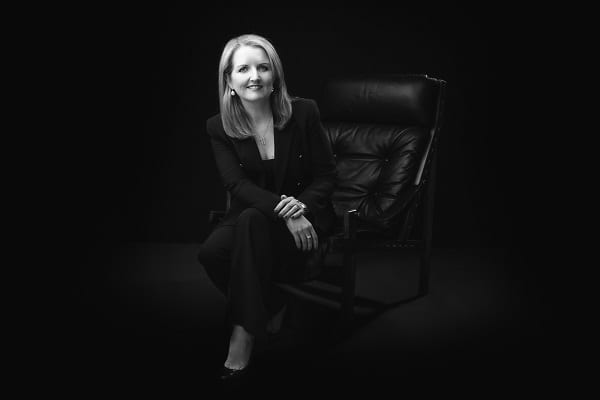A by-product of our increased participation in society is a feeling that to be successful we have to say ‘yes’ to every opportunity. The conundrum is that if you always say ‘yes’, you lose your voice and your right to find the balance that works for us. A key part of avoiding burn-out and having the career you want is learning to say ‘no’. A no with conviction and no ‘sorry’ attached to it.
So on International Women’s Day let’s embrace the power of a conviction backed no. Why? Because the word ‘no’ is a core part of any successful negotiation. And yet most people think that negotiation is all about getting to yes. However, successfully negotiating also involves getting to no.
It’s been suggested that you are more likely to get someone to agree to your desired outcome if you get them to agree to a series of yes statements during the negotiation process. Sounds logical, but it also implies that hearing the word ‘no’ is a bad thing, which isn’t necessarily the case. A ‘no’ can be good for both sides of the discussion.
For example, it helps to clearly outline the boundaries of the discussion so you know the other person’s perspective on a matter, and how far they are willing to compromise. It’s also incredibly empowering for you. When you constantly say ‘yes’ to things you don’t want to do, you ultimately give up your voice and disempower yourself.
The acclaimed author Paulo Coelho said: “When you say ‘yes’ to others, make sure you are not saying ‘no’ to yourself”. That doesn’t mean you say ‘no’ without careful thought. Rather it’s about saying ‘no’ with consideration of others and compassion for them and yourself. There’s no doubt it can be hard to say. In fact, it’s often easier to say ‘yes’.
We say ‘yes’ to things, often reluctantly, because it’s easier than explaining wy we don’t want to do something, or because we don’t want to hurt someone’s feelings or have the difficult conversation. So when you are faced with this dilemma ask yourself: what’s the right thing to do for you, others involved, and the organisation (if it’s a business based decision)? And if the best course of action is to say ‘no’ use these four steps to help ensure the message is delivered effectively:
- Check the real reason for saying ‘no’ and make sure it is legitimate and is something that you won’t regret later.
- Stand in your conviction, which means you back yourself and why you won’t be doing something. This means you deliver the message with compassion and resolve, and you demonstrate your understanding of the other person’s perspective.
- Be clear on your reason for saying ‘no’, and specific when you tell those involved. Just saying ‘no’ and nothing else can be interpreted as rude or disinterested. Instead, express your statement positively and explicitly. For example, “I wish I could be involved. However, I already have the agreed list of projects I need to finalise this quarter so unfortunately there’s no capacity to take on more”.
- Be genuine in your response and make sure you are open to hearing the other person’s point of view. They have the right to express disappointment or discontent about the fact you have said ‘no’ to something they want. Listen to them and ensure they feel heard
Remember, a successful career is a long term game, which means it’s crucial to back yourself and your needs. One of the best ways to do that is to get comfortable saying ‘no’.
Michelle Gibbings is a change leadership and career expert and founder of Change Meridian. Michelle works with global leaders and teams to help them accelerate progress. She is the Author of ‘Step Up: How to Build Your Influence at Work’. For more information: www.michellegibbings.com or contact [email protected].

